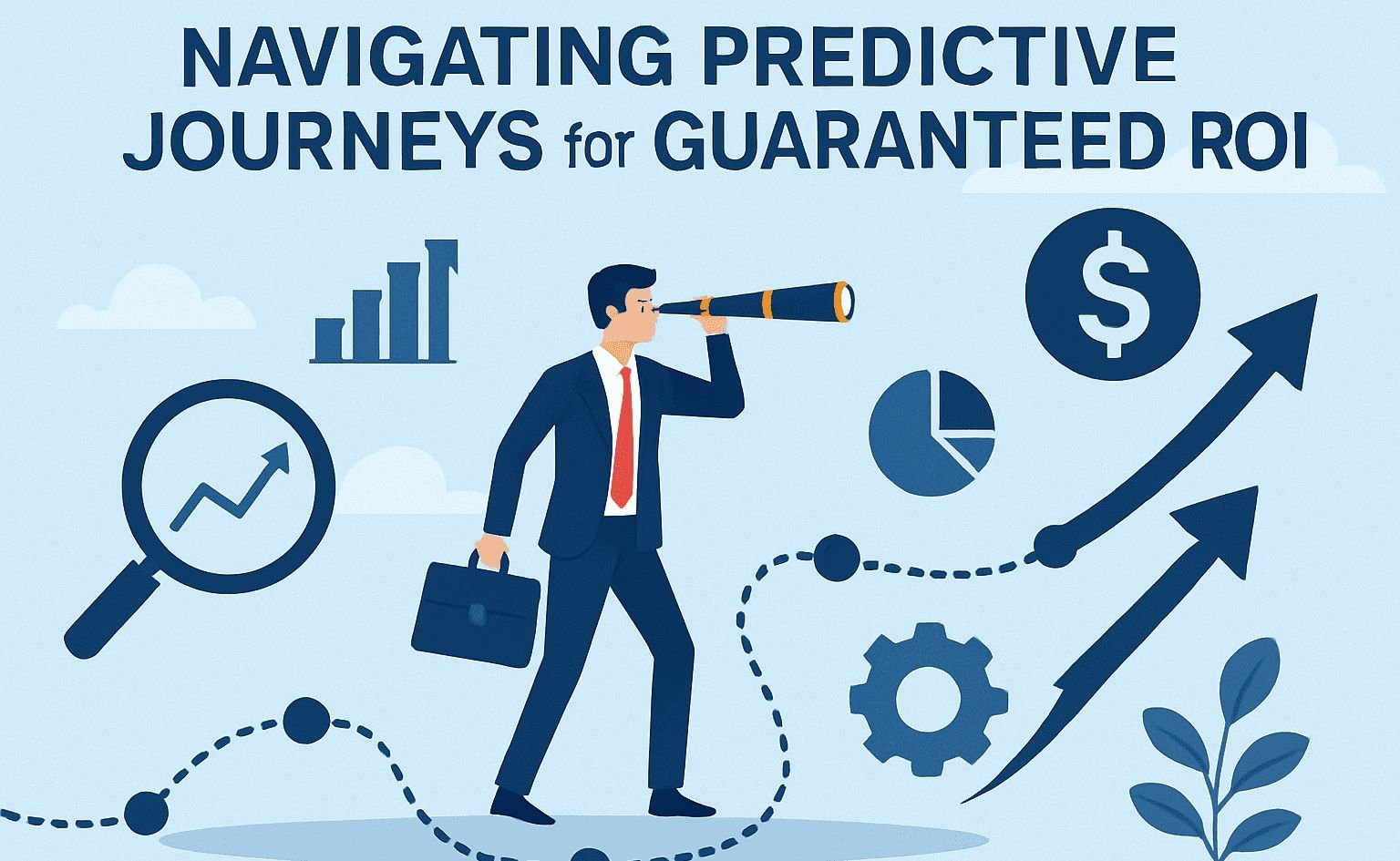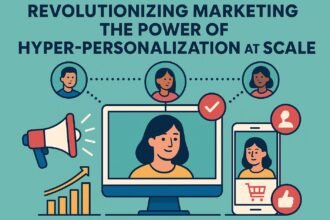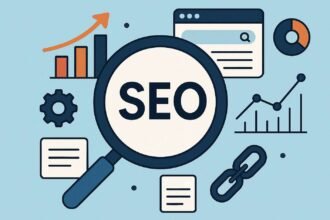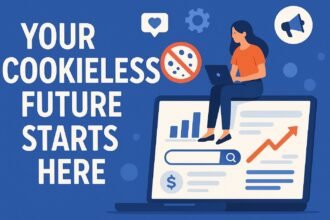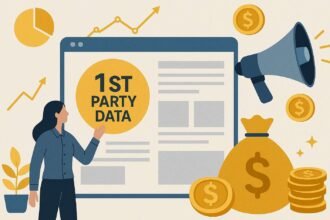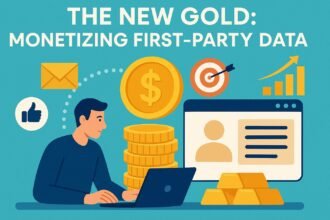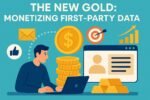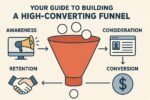You can’t just throw spaghetti at the wall and hope something sticks anymore. In the world of digital marketing today, guesswork isn’t enough; accuracy is. Smart brands now plan experiences based on how customers are likely to act, rather than just reacting to them.
This change takes us into the world of predictive journeys, a data-driven method that helps businesses figure out what customers want before they even say it. If done right, predictive marketing isn’t just a buzzword; it’s a plan for making sure you get a return on your investment.
What Does the Predictive Customer Journey Mean?
People often say that the customer journey goes in a straight line: awareness → consideration → purchase → loyalty. Check your reality? It’s never that easy. Customers switch between channels, stop in the middle of their journey, and make decisions in ways that are hard to predict.
That’s where predictive journeys come in. We can use machine learning, behavioral data, and analytics to predict what a customer might do next and create personalized nudges that lead them to conversion.
It’s like making a personalized road map for each person, with the right timing, message, and channel all coming together.
The Basics of Predictive Marketing
1. Gathering Data
Data is what keeps you going. Every interaction counts, from CRM records and website analytics to email engagement and social media interactions. The more data you have and the cleaner it is, the better your predictions will be.
2. Dividing People into Groups Based on Their Behavior
Don’t use broad categories like age or location. Group audiences based on what they do and what they want:
- People who leave their carts
- Visitors who come back
- People who read the blog but haven’t bought
Instead of sending out one-size-fits-all blasts, this lets you make hyper-targeted campaigns.
3. Making Predictions
This is where the magic happens. You can use machine learning to model results like:
| Predictive Model | Purpose | Example Result |
|---|---|---|
| Value of a Customer Over Time (CLV) | Estimate how much money each customer will bring in. | Find high-value customers who need extra care. |
| Prediction of Churn | Find out who is likely to leave. | Start campaigns to get people to re-engage. |
| Chance of Conversion | Rank leads based on their intent to buy. | Put more money into ads for “hot” leads. |
| Suggestions for Products | Suggest products that are useful. | Make upsells and cross-sells more personal. |
4. Personalized Care
Automation starts once your models are up and running. Think about:
- A personalized email discount for someone who left their cart
- A social ad that shows the exact product a user looked at last week
- Rewards for loyal customers who have been with us for a long time
What is the goal? A journey that flows smoothly and is very relevant, like a conversation instead of marketing.
Why Predictive Journeys Always Give You a Return on Investment
When used correctly, predictive strategies cut down on waste and boost returns. Here’s how they directly affect ROI:
- Higher Conversion Rates: You focus on leads that are most likely to buy.
- Lower Acquisition Costs (CAC): Money goes to the right places at the right times.
- Bigger Customer Lifetime Value (CLV): Keep customers interested, anticipate their needs, and upsell them wisely.
- Lower Churn: Get customers back before they leave.
- Better use of your budget: Move money from campaigns that aren’t working to ones that are.
Common Mistakes (and How to Avoid Them)
If you fall into these traps, even the best plans can fail:
- Bad data quality means that bad data goes in and bad data comes out. Put money into data systems that are clean and work together.
- Too Much Dependence on Tools: Software won’t help you unless you have skilled people who can read the results.
- Not remembering the human side → Data makes predictions, but empathy makes connections. Don’t forget the story part.
- Siloed Platforms → Make sure that your CRM, email, ads, and analytics can all talk to each other.
- Set-and-Forget Mindset: You need to change your predictive models as your customers’ behavior changes.
The Bottom Line
Changing from reactive to predictive marketing changes the game. It’s not about making better guesses; it’s about having confidence in the outcomes you design based on data.
Brands can give customers personalized, timely experiences that they really like by thinking ahead about their needs. What happened?
- Conversions that are always higher
- Costs of acquisition are lower
- More loyalty
- ROI that you can count on
Predictive journeys give marketers something rare: certainty in a world where uncertainty is the norm. In today’s digital economy, that certainty is the best way to get ahead of the competition.


